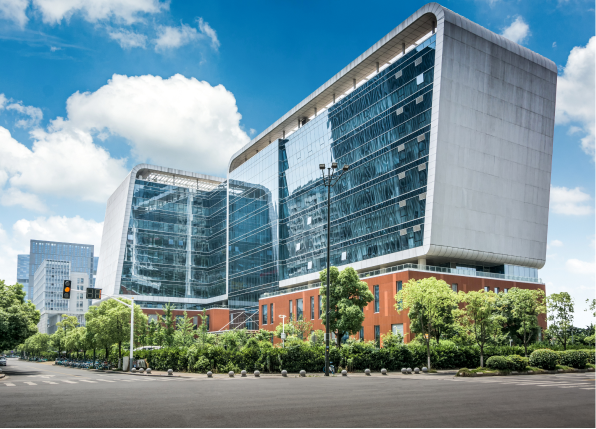Best Cardiologist in Kochi
- Home
- /
- Best Cardiologist in Kochi



The Cardiac wing at Sunrise Hospital has top cardiovascular surgeons of India, backed by expert Anaesthetists, Intensivists, Critical cure nurses, biomedical technicians, Physiotherapists and Medico- social workers. The Cardiac Emergency Response Team comprises leading Cardiologists, Cardiac Surgeons and Cardiac Anaesthetists, assisted by well-trained medical and paramedical staff, to provide round-the-clock services. We assure the highest quality of patient care and innovative continuing education programs.
Sunrise hospitals , Experience, Expertise, Care

Quality of the Care Process, Communication, follow up, staff service.

Doctors were good and they treated my mother well..

I've just had a most enjoyable experience at Sunrise Hospital.

Dr. Nassar Yusuf provided me with expert consultation, demonstrating deep expertise and care.

The doctors and nurses and everyone cares about every patient..

Everyone on nursing duty at 3rd floor was very well behaved and very caring from admission to discharge they were truly angels on earth. Special thanks to Dr Gregory Sir and everyone who helped with the surgery..

Where Compassionate Care Meets Healing Excellence.
Your Pathway to Wellness Begins Here.